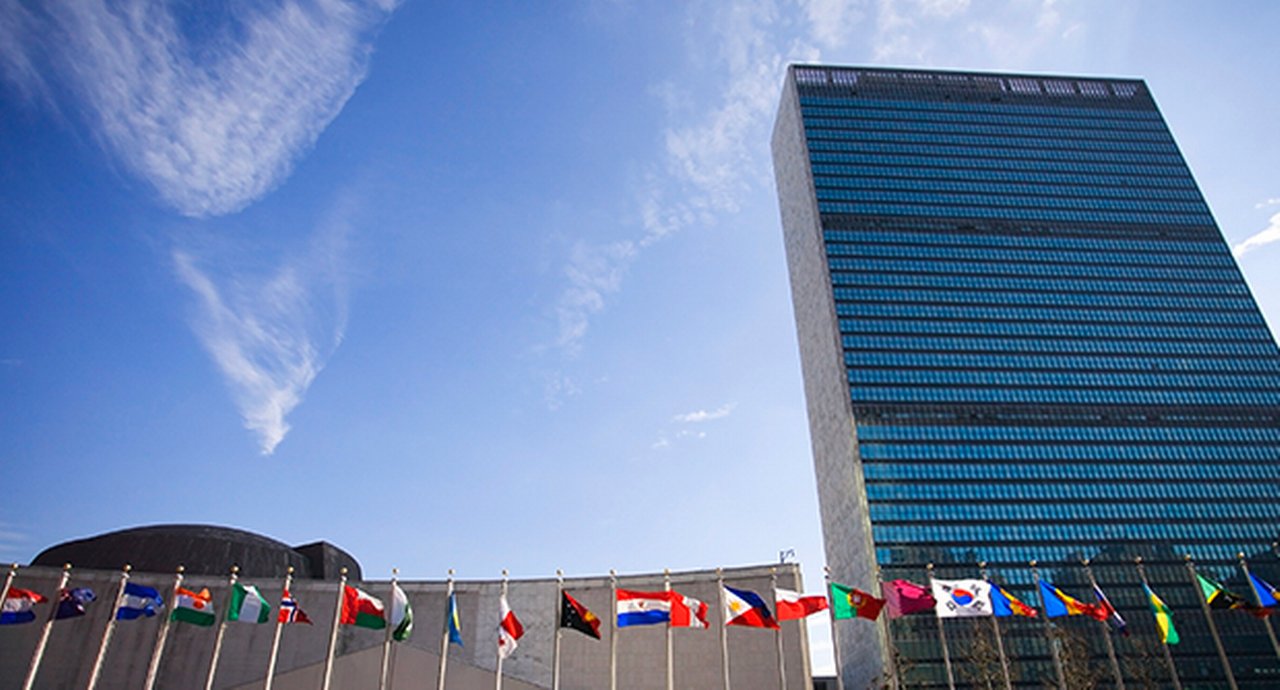9 November 2023
As geopolitical uncertainties increase risk for businesses around the world, how are corporate treasurers concentrating their cash and managing risk in restricted markets? flow reports on three major talking points from an Economist webinar supported by Deutsche Bank
MINUTES min read
As recent history has shown, supposedly once-in-a-lifetime events are becoming commonplace. The Covid-19 pandemic, war in Ukraine and conflict in Middle East, resurgent inflation and supply chain disruption have transformed the risk landscape for treasuries globally. These issues are being further highlighted by the differing levels of restrictions in markets around the world. With this in mind, what strategies can treasurers employ to optimise cash flows?
Several approaches were offered at the recent webinar, “Managing flows and liquidity in restricted markets” – hosted by The Economist and supported by Deutsche Bank – by the following panellists:1
- Moderator: Damian Glendinning, treasury consultant
- Andrea Sottoriva, group treasurer director, SITA
- Amit Grover, regional director treasury, intercontinental, GE Healthcare
- David Cooper, Transactional FX / Workflow Solutions Head – APAC, Deutsche Bank

The session focused on three main themes:
- Cash concentration in restricted markets
- The need for digitalisation
- Having the right mix of banks
Theme 1: Cash concentration in restricted markets
Cash concentration – the aggregation of cash from multiple bank accounts into a single master account – helps corporate treasurers gain better visibility and control over their cash deposits, reducing idle balances and maximising investment opportunities. For corporates operating across multiple jurisdictions, it also serves as a valuable mitigant against currency volatility.
“You have to find customised solutions, catering to each of these markets”
While cash concentration might sound simple in theory, in practice there are several challenges related to the specific needs of individual business units, as well as different local requirements and regulations.
“You have to find customised solutions, catering to each of these markets – and to do this, you have to really work closely with your internal and external stakeholders understanding the nuances in each of these countries,” said Amit Grover, of the US multinational medical technology company GE Healthcare, “Then, and only then, can you build bespoke solutions, incorporating the regulatory restrictions, the tax considerations, the operating and regulatory reporting requirements.”
For example, while the treasury department of SITA – a leading international IT provider for the air transport industry – is focused on centralising as much cash as possible, it also has to differentiate its approach from country to country and from region to region.
“Some countries cannot be included in our cash pooling, and they have to be treated separately,” explains SITA’s Andrea Sottoriva. “One such example is India, which is subject to strict regulation – and, as a result, we have to handle this very carefully.”
To repatriate its cash from India, SITA uses dividend payments on an annualised basis – a process that has historically been extremely complex and highly bureaucratised. The downside to this approach, which is similarly being used in Vietnam, is twofold: firstly, there is only a small window in the year during which SITA can repatriate cash and so the amount taken is based on year-long cash forecasts, which are often inaccurate. Secondly, Sottoriva stated, before repatriating cash, the company is exposed to the volatility of the Indian Rupee against the US dollar for the rest of the year. In early September, the Indian currency has languished at an all-time low against the greenback.2
Intercompany loans are another instrument that treasury departments are using to centralise cash in Asian countries such as Thailand, Indonesia and Malaysia. “It's a tool that we use a lot in some regions, but not others – as the approach has to be carefully adapted to the legislation, which is different from one country to the other,” explained Grover. “In order to put in place an intercompany loan, you have to respect some strict rules in terms of quota, tenor, fund usage and percentage of equity that we can extract from the country.”
Grover added a further challenge i.e. is the lack of effective internal funding solutions in these complex markets, which mean that local teams are often overly conservative in how much cash they need to hold.
“Having good funding solutions in these markets helps you to have that conversation with the local leadership and provides that extra comfort to those leaders in the local teams,” said Grover. “That is why in a few countries we have taken a phased approach where we have actually created the funding solutions first, and then looked at extraction thereafter. Because I personally feel that funding solutions are equally, if not more important, than extraction solutions.”
In Korea, GE Healthcare, is putting this approach into action by first building a robust funding structure to cater to the entity's funding requirement, which also serves to mitigate liquidity funding risks, before then moving on to potential extraction solutions.
Theme 2: The need for digitalisation
While treasurers have developed strategies that both concentrate their cash and meet specific country-level requirements, these are often still accompanied by a significant amount of documentation and reporting.
Digital technologies and automation, to reduce the number of manual touch points, is therefore developed into an important part of the equation in restricted markets. “Electronic bank account management is becoming an increasing requirement for treasurers – and the documentation behind these heavy cash repatriation processes should be managed in this way,” added Sottoriva.
“By digitalising the documentation, we can then start to create rules to drive liquidity”
Sottoriva explained: automation was brought into even sharper focus during Covid-19, when regulators and banks had to move quickly to allow and accept digital documentation in place of physical documents with wet-ink signatures – or risk everything coming to a halt. It is contingent on the industry to stay on this journey and avoid any return to the old ways of paper documentation.
Examples of this change in mindset are increasingly evident. For example, India’s customs database now allows data to be pulled digitally3, allowing for banks to create processes to digitise documentation and ease customs issues, while helping to streamline liquidity for corporate treasurers.
“By digitalising the documentation, we can then start to create rules to drive liquidity,” explained David Cooper, Transactional FX / Workflow Solutions Head – APAC, Deutsche Bank. ”So, if you can imagine a scenario where you have a rule around how much liquidity you want remaining in the market: as long as you have got a valid underlying, you can then look to settle those invoices early to unlock liquidity.”
Theme 3: Having the right mix of banks
Deciding what cash concentration instruments to use in restricted markets is one important part of the puzzle, choosing which banks to partner with is another.
“We have to spread our risk across different banking partners”
“It is important that we develop a good relationship with our banking partners: they advise us on how to extract the cash and on how to handle the instability that we see today. At the same time, however, we have to spread our risk across different banking partners,” explained Sottoriva.
With a growing focus on account rationalisation and simplification, the trend is for treasurers to bank with a select number of global partners. In the wake of the collapse of three larger US banks and the rescue sale of Credit Suisse to UBS in March and with macroeconomic uncertainty not abating, avoiding concentration risk is high on the agenda for treasurers. This is not necessarily always possible in restricted markets, however, with some countries only allowing salaries or taxes to be paid via a local bank.
From Deutsche Bank’s viewpoint, Cooper concluded: “our job is to ensure that we have got the right services in the right places – but we are not everywhere. So it is only natural that clients will look to choose a number of partners to serve their needs. Simplicity is where treasurers are looking as they centralise more activity – and a collection of global banks can provide that based on the various geographies”.
The Economist Impact webinar, supported by Deutsche Bank, Managing flows and liquidity in restricted markets, took place on Wednesday 6 September 2023. The event can be viewed here.
Sources
1 The event took place on 6 September and thereover before the outbreak of the conflict in the Middle East and therefore didn’t address these developments.
2 See tribuneindia.com
3 See icegate.gov.in



